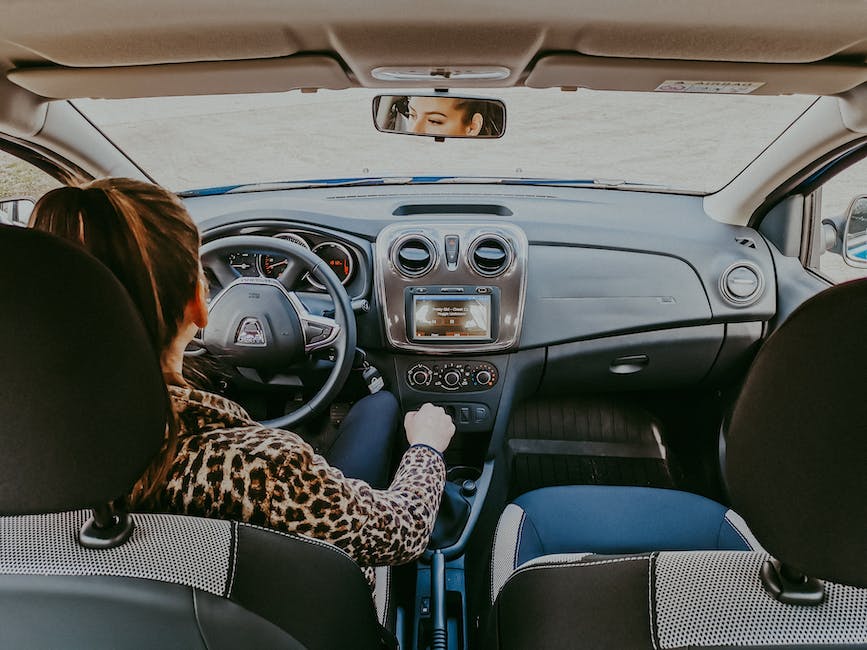Lyft, a leading player in the ridesharing industry, provides a convenient and reliable transportation service for people looking to book rides on demand. With its widespread availability and user-friendly features, Lyft has become a go-to choice for many individuals seeking efficient commuting options.
One crucial aspect that users often consider when using Lyft is the pricing structure. Understanding how much Lyft costs per mile can help users plan their trips and manage their budgets effectively. On average, the fee per mile for a standard Lyft ride is $0.90, while a Lyft Lux ride costs about $2.05 per mile.[1] This information is vital for passengers who want to estimate the overall cost of their journey, whether opting for the affordability of a standard ride or the luxury of a Lyft Lux.
Understanding Lyft Rates and Estimating Ride Costs
To budget effectively for Lyft, users must understand the factors affecting rates: distance, time, and demand. Costs rise with longer distances and ride durations, and surge pricing applies during peak demand. It's important to note that the basic base fare for Lyft starts at around $1, and the cost per mile is then multiplied by the number of miles in your trip.[2]
The Lyft app offers fare estimates before ride confirmation, considering traffic and surge pricing. Third-party tools also provide fare predictions. By utilizing these resources and understanding key determinants like base fare, distance, and time, users can make informed decisions and plan their transportation expenses efficiently, whether for standard Lyft rides or other services offered by the platform.
Factors Affecting the Cost of a Lyft Ride
Several factors influence the cost of a Lyft ride. These factors include distance, time, and demand.
-
Distance and Base Fare: The cost of a Lyft ride is significantly influenced by the distance traveled. Lyft charges a base fare for each trip, covering a certain initial distance. Beyond this, additional charges are applied per mile, making longer rides more expensive.
-
Time Factor: Time is another crucial element in fare calculation. Lyft's pricing includes time spent in the vehicle, meaning longer trips will cost more. This accounts for the duration of the journey in addition to the distance covered.
-
Demand and Surge Pricing: Demand heavily impacts Lyft fares. During peak hours or events, surge pricing may be implemented, increasing fares due to high demand and limited driver availability. Awareness of surge pricing is essential for planning and budgeting for rides.
-
Tolls and Airport Fees: Other factors affecting the fare include tolls and airport fees. Tolls incurred during the trip are added to the total cost, and specific fees apply for airport pickups or drop-offs.
-
Service Fees: Service fees may also be included in the final fare, contributing to the overall cost of the ride.
By understanding these factors - distance, time, demand, tolls, airport fees, and service fees - users can better estimate the cost of their Lyft ride and plan their transportation needs more effectively.
Exploring Lyft Fare Components
Understanding how Lyft calculates its fares can help users comprehend the final cost of their rides. Lyft fares consist of multiple components, each contributing to the overall price. Let's take a closer look at these fare components:
Base Fare
The base fare is the initial amount charged when you start your ride. It covers the basic operational costs incurred by Lyft and helps ensure that drivers are fairly compensated for their time and effort.
Cost per Mile
The cost per mile is another important factor in determining the total fare. This component accounts for the distance traveled during the ride. The longer the trip, the higher this cost will be.
Cost per Minute
In addition to distance, Lyft also factors in time spent during a ride. The cost per minute reflects this consideration and compensates drivers for their time while waiting in traffic or idling at a stoplight.
Additional Fees
Lyft may apply additional fees depending on various factors such as peak hours, high-demand areas, or tolls. These fees are designed to account for any extra expenses incurred during specific circumstances.
By understanding these fare components, riders can better estimate how much their Lyft ride will cost them. It's important to note that prices may vary based on location and market conditions.
Remember that Lyft provides upfront pricing before confirming a ride request, allowing users to see an estimated fare range before they book a trip. This transparency ensures that passengers have an idea of what they can expect to pay beforehand.
Unraveling the Fee Per Mile Structure in Lyft Rides
The fee per mile is a key element in Lyft's pricing, reflecting the cost for each mile of the journey. This fee fluctuates based on location and city-specific regulations. Urban areas with higher demand often have increased rates, while regulations in different cities can introduce additional charges, influencing the overall cost. Passengers should consider these variable fees for a comprehensive understanding of their ride expenses with Lyft, ensuring informed travel decisions.
Surge pricing on Lyft occurs during high demand, raising fares to attract more drivers. To avoid higher costs, passengers can wait for demand to drop or use the app to monitor surge levels. Exploring alternatives like public transport, biking, or carpooling is also viable.
Lyft's upfront pricing offers cost clarity before ride confirmation, aiding in budgeting. Surge pricing aims to balance driver availability during peak times, not to inconvenience users. Understanding and adapting to these fare changes ensures a smoother Lyft experience.
Utilizing Platforms for Accurate Lyft Fare Estimates
Online platforms and mobile apps provide accurate Lyft fare estimates, considering distance, time, and surge pricing. These tools enable effective trip planning and budgeting, accommodating short rides or longer journeys with multiple stops. They incorporate surge pricing during peak times, offering real-time cost insights.
Additionally, they account for traffic conditions and route choices, ensuring realistic fare expectations. Some platforms also compare prices with other rideshare services, aiding users in choosing the most suitable and cost-effective option for their needs. These estimation tools are essential for a well-informed Lyft experience.
Conclusion
Understanding Lyft's cost involves analyzing its per-mile fee and surge pricing. Accurate fare estimate tools aid in budgeting. Riders should stay informed about Lyft's pricing changes and utilize promotions for cost-effective trips. Being proactive and knowledgeable ensures a budget-friendly and efficient Lyft experience.







